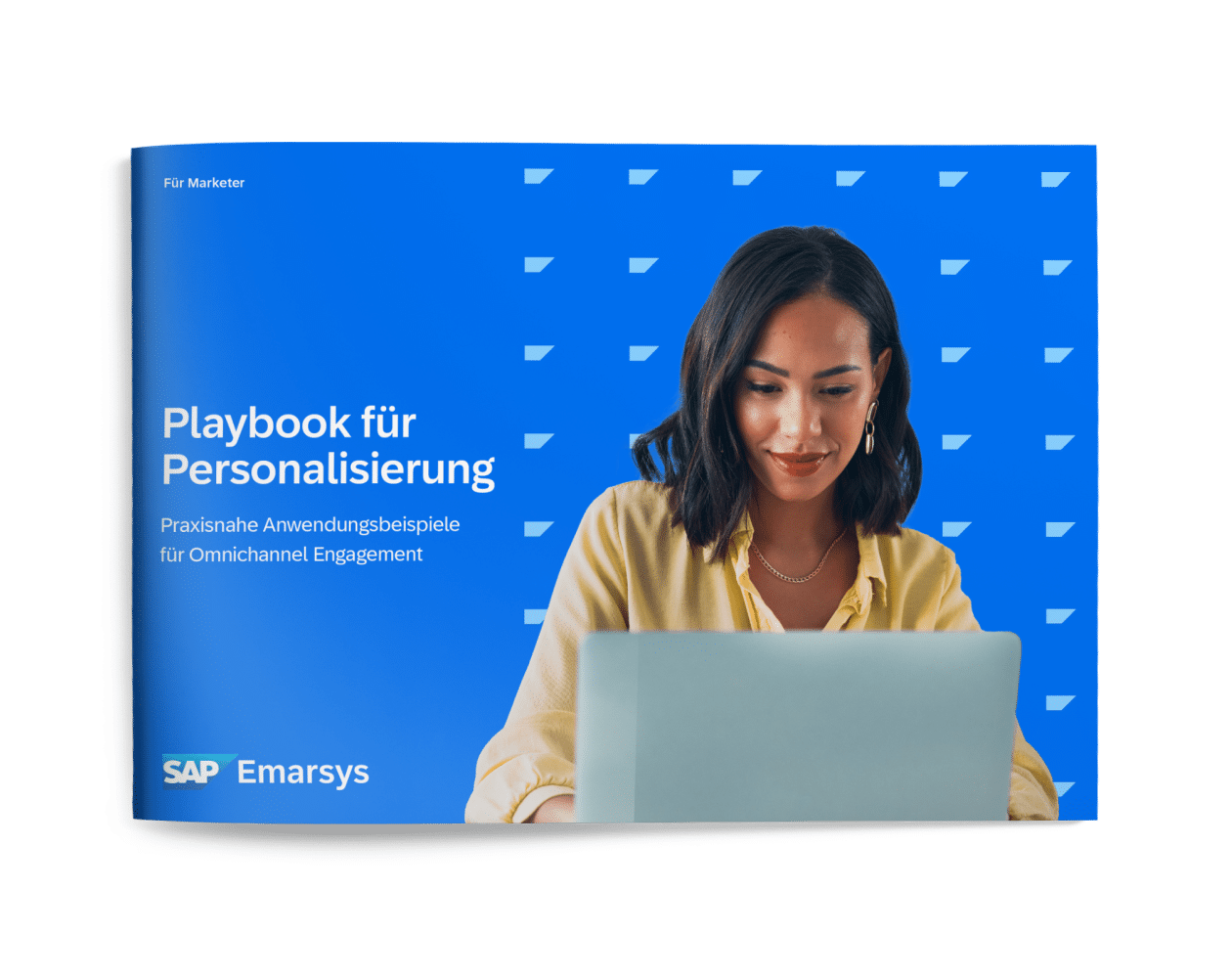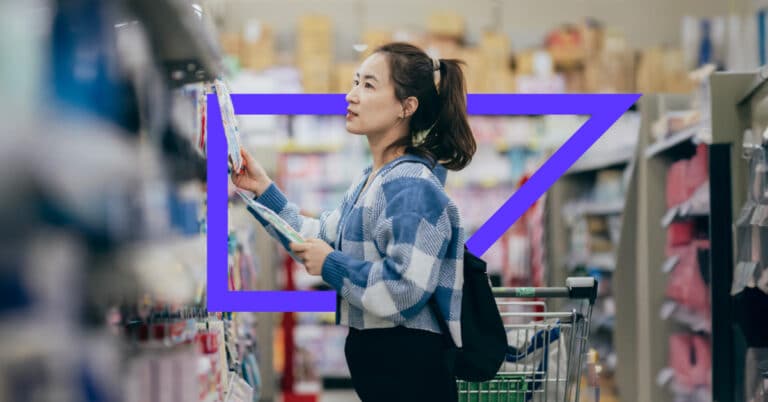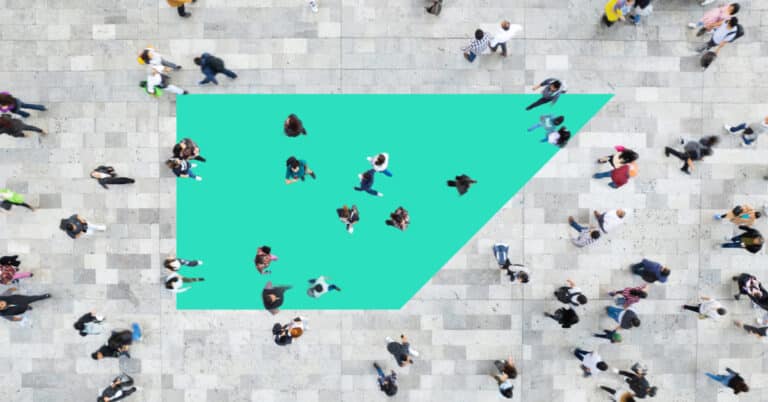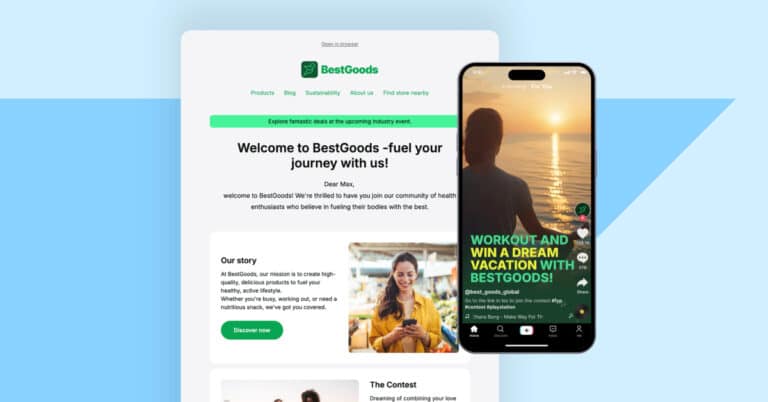Viele von uns haben schon einmal an einem Treueprogramm teilgenommen – seien es Flugmeilen von Kreditkartenunternehmen oder eine Stempelkarte im Café um die Ecke. Tatsächlich gibt es weltweit mehr als 1 Milliarde Mitglieder, die sich für eine Art von Prämienpunktesystem entschieden haben.
Viele Verbraucher sind immer mehr der Ansicht, dass sie für Käufe und langanhaltende Treue zu Unternehmen belohnt werden sollten. Außerdem möchten Sie einen Grund haben, weiterhin mit einzelnen Marken Geschäfte zu machen. Darum stellt sich die Frage: Wie richten Sie ein Loyalty System ein, mit dem Sie die Kundenbindung stärken können?
Lesen Sie weiter und entdecken Sie einige der wirkungsvollsten Taktiken, mit denen Sie Ihre treuen Kunden an sich binden und zum Wiederkommen bewegen können.
Was ist ein stufenbasiertes Treueprogramm?
Ein stufenbasiertes Treueprogramm bietet bestimmten Käufergruppen je nach Höhe ihrer Ausgaben unterschiedliche Vorteile oder Rabatte. Im Grunde genommen erhalten die Kunden für jeden getätigten Kauf eine Prämie, die sie dazu anregen soll, noch mehr auszugeben.
Sobald ein Kunde oder eine Kundin eine bestimmte Ausgabenhöhe erreicht hat, schaltet er/sie neue Vergünstigungen und Vorteile für sich frei. Anreize werden in Form von Rabatten, Gutscheinen, Geschenkkarten, Gratisartikeln oder sogar Punkten/Meilen bei Kreditkarten geboten. Je mehr die Kunden ausgeben, desto mehr Prämien können sie erhalten.
Diese Art von belohnungsbasierten Treueprogrammen ist effektiv, da sie eine emotionale Bindung zu den Kunden herstellen, die Loyalität vertiefen und ein langfristiges Engagement ermöglichen. Um zu verdeutlichen, wie wichtig Ihre wertvollsten Kunden für Ihr Unternehmen sind, können Sie ihnen gezielt weitere interessante Prämien anbieten.
Was ist nötig, um ein erfolgreiches stufenbasiertes Treueprogramm zu gestalten?
Das grundlegende Ziel eines Treueprogramms ist es, für mehr Customer Engagement zu sorgen. Je mehr Kunden mit Ihrer Marke interagieren, desto wahrscheinlicher ist es, dass sie kaufen. Dabei ist Folgendes zu beachten: Viele Treueprogramme sind deshalb ineffektiv, weil sie sich ausschließlich darauf konzentrieren, Kunden zu belohnen, anstatt sie zu Interaktionen zu bewegen.
Zu den bekanntesten Unternehmen, die stufenbasierte Treueprogramme erfolgreich einsetzen, zählen Southwest Airlines, Starbucks und Sephora.
Zu den Hauptzielen eines Treueprogramms gehören unter anderem: Die Maximierung der Kundenbindungsrate und des Customer-Lifetime-Value, die Interaktion mit den Kunden, um sie so zum Wiederkommen zu bewegen, die Gewinnung größerer Marktanteile, der Aufbau stärkerer Kundenbeziehungen und schließlich das Erreichen der gewünschten Geschäftsergebnisse.
Machen Sie es den Kunden leicht, sich anzumelden
Im Idealfall sollte ein Kunde in der Lage sein, sich innerhalb von fünf Minuten bei Ihrem Treueprogramm anzumelden. Es sollte keine umständlichen Registrierungsformulare oder dauerhafte Verpflichtungen geben. Das Sammeln von Punkten sollte nur wenige Sekunden Zeit in Anspruch nehmen.
Achten Sie darauf, dass die Prämien des Programms leicht verständlich sind
Vergewissern Sie sich, dass die Kunden verstehen, was sie mit jeder Stufe gewinnen. Informieren Sie Ihre Kunden ausdrücklich über die Prämien, damit diese genau wissen, was sie erhalten. Stellen Sie außerdem sicher, dass Ihre Kunden leicht auf die Prämien zugreifen können. Schließlich müssen die Kunden in der Lage sein, den Wert der einzelnen Stufen zu erkennen, um eine Kaufentscheidung treffen zu können.
Erleichtern Sie das Sammeln von Prämienpunkten, indem Sie Ihre Loyalty-Angebote auf die Einkäufe abstimmen
Je relevanter die Angebote für Ihre Kunden sind, desto besser werden sie darauf reagieren. Umso schneller Sie nach einem Kauf Treuepunkte oder Vorteile anbieten, desto stärker sind die positiven Auswirkungen auf das Kundenverhalten. Im Idealfall sollte dies sofort geschehen. Wenn Sie die Belohnung hinauszögern, erhöht sich das Risiko, dass Ihre Marke den Kunden ganz verliert.
Es kann nämlich sein, dass Kunden nicht mehr von Ihrer Marke hören wollen, wenn sie ständig mit irrelevanten Mitteilungen bombardiert werden. Denken Sie daran, Ihren Kunden mithilfe der gesammelten First-Party-Daten ein einzigartiges Erlebnis zu bieten.
Beispiele für stufenbasierte Treueprogramme
Es gibt eine Vielzahl verschiedener Arten von stufenbasierten Treueprogrammen. Hier sind ein paar schöne Beispiele, die Ihre Fantasie anregen und Sie inspirieren sollen, wenn Sie mit Ihrem Team überlegen, wie Sie Ihr Programm für Ihre treuesten Kunden unwiderstehlich machen können:
1. Lancôme 💄
Mit dem stufenbasierten Treueprogramm Elite Rewards von Lancôme können Kunden ganz einfach Punkte sammeln. Mitglieder erhalten 10 Punkte für jeden ausgegebenen Dollar, 50 Punkte wenn sie sich in den sozialen Medien mit Lancôme verbinden und 100 Punkte, wenn sie weitere Informationen über sich mitteilen.
Je nach Stufe (Rose Gold, Gold oder Platin) erhalten die Mitglieder einen frühzeitigen Zugriff auf Produkte, eine ShopRunner™-Mitgliedschaft sowie Einladungen zu Partys und Veranstaltungen von Lancôme.
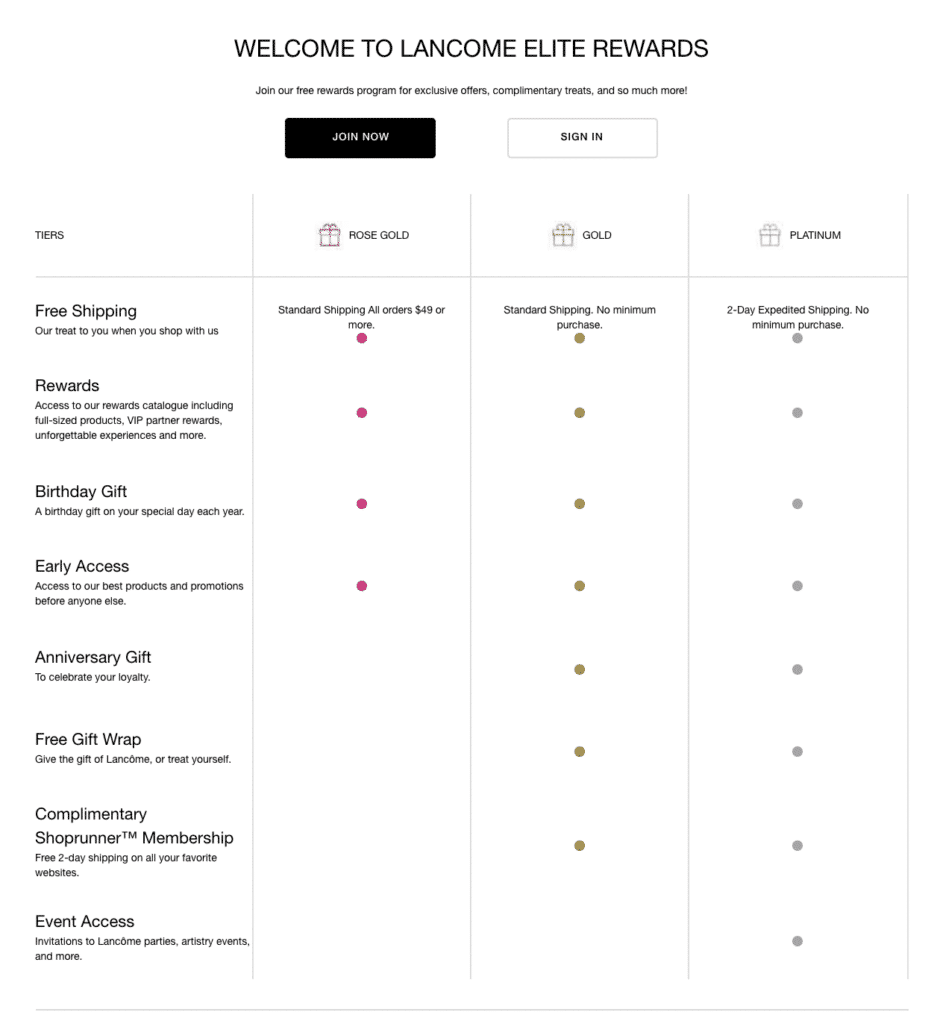
2. Southwest Airlines ✈️
Das Southwest Rapid Rewards®-Programm belohnt Mitglieder mit Punkten, die sie für Flüge oder bei ausgewählten Southwest-Partnern einlösen können.
Southwest bieten drei Stufen: A-List, A-List Preferred und Companion Pass. Um sich für eine dieser Stufen zu qualifizieren, muss ein Mitglied eine bestimmte Anzahl von Punkten in einem Kalenderjahr sammeln oder eine bestimmte Anzahl von Southwest-Flügen buchen.
Möchte sich ein Mitglied für den A-List-Status (die einfachste Stufe) qualifizieren, muss es beispielsweise 35.000 Rapid Rewards-Punkte in einem Kalenderjahr sammeln oder 25 Southwest-Flüge absolvieren.
Southwest Rapid Rewards gilt als eines der besten Meilenprogramme für Inlandsflüge in den USA.

3. American Express 💳 und exclusivity
Im Gegensatz zu anderen Prämienplänen ist die American Express „Black Card“ (auch bekannt als Centurion Card®) nur für jene Interessenten erhältlich, die von AMEX zur Beantragung eingeladen werden.
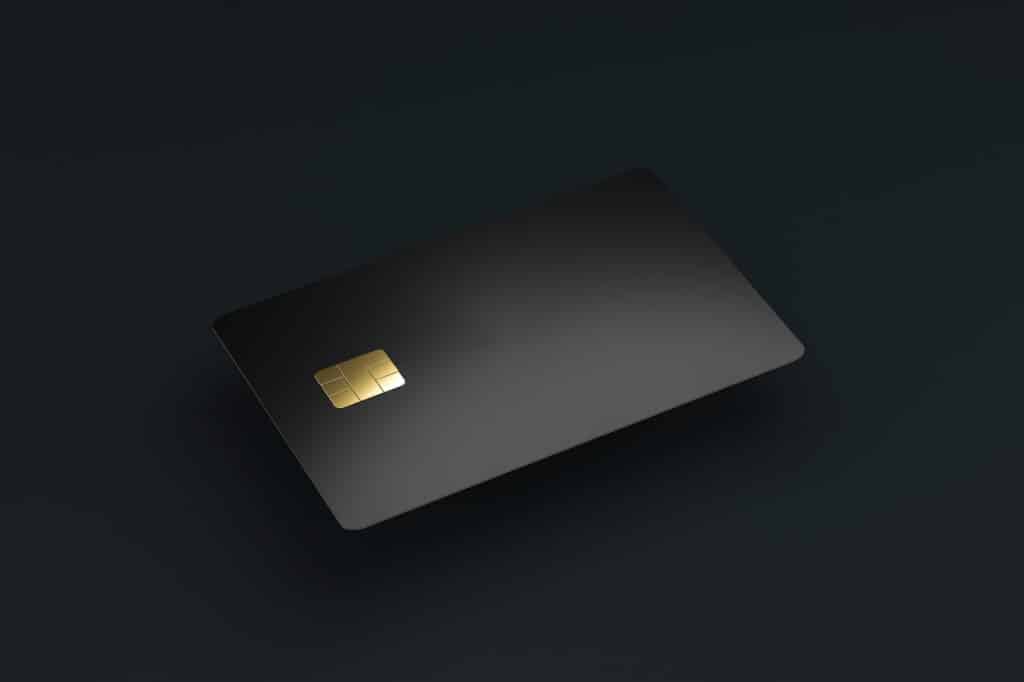
Die Karte hat kein Kreditlimit, sodass die Mitglieder jeden Monat so viel Geld ausgeben können, wie sie möchten, solange sie es innerhalb eines Monats zurückzahlen. Mitglieder erhalten Zugang zu beliebten Veranstaltungen wie Sportereignissen, Konzerten, Theatervorstellungen, VIP-Events. Außerdem gibt es Vergünstigungen von Fluggesellschaften, Hotels, Flughäfen, Autovermietungen und sogar Einladungen zu Shoppingtouren.
4. philosophy und Gamification
Die Kosmetikmarke philosophy setzt erfolgreich Gamification ein, um die Mitglieder ihres philosophers rewards-Programms dazu zu motivieren, die nächste Stufe zu erreichen.
Das Prämienprogramm von philosophy ist in drei verschiedene Stufen unterteilt, in denen die Kunden für jeden Einkauf Punkte erhalten. Wer einer höheren Stufe beitritt, kommt z. B. in den Genuss von Sonderverkaufstagen und kostenlosem Versand. Jedes rewards-Mitglied kann zusätzliche Punkte durch Bewertungen, Empfehlungen und die Vernetzung in den sozialen Medien sammeln.
In einer monatlichen E-Mail an die Mitglieder präsentiert philosophy einen gamifizierten „Dankbarkeitspegel“ („Gratitude Meter“), an dem sie ablesen können, wie nah sie an der nächsten Prämienstufe sind. Auf Grundlage der Einkaufsgewohnheiten der Mitglieder bietet die Marke dann Artikel an, mit denen sie die nächste Stufe erreichen können.
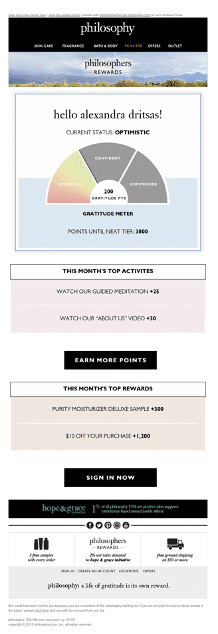
5. Total Tools 🧰
Total Tools ist der größte Einzelhändler für professionelle Werkzeuge in Australien. Loyalty Member erhalten Insider Rewards für Online- und In-Store-Einkäufe. Das Programm umfasst drei Stufen (Bronze, Silber und Gold) und bietet seinen Mitgliedern exklusive Vergünstigungen, Einladungen zu Veranstaltungen, Bonusangebote, Prämien in Form von Dollarbeträgen für bestimmte Stufen und vieles mehr.
„Wenn einer unserer Loyalty-Kunden den Laden betritt, können wir ihn anhand der Loyalty-ID, die zu seinem Profil gehört, am POS identifizieren. So kann er im Laden direkt mit seinem Namen angesprochen werden. Die Mitarbeiter erfahren, auf welcher Stufe der Kunde sich befindet, was er beruflich macht und welche Produkte er kürzlich gekauft hat. Sie können dann andere Produkte empfehlen, für die er sich interessieren könnte, da sie bereits eine Beziehung zu ihm aufgebaut haben. Uns geht es vor allem um die Personalisierung. Produkte und niedrige Preise allein reichen heute nicht mehr aus.“
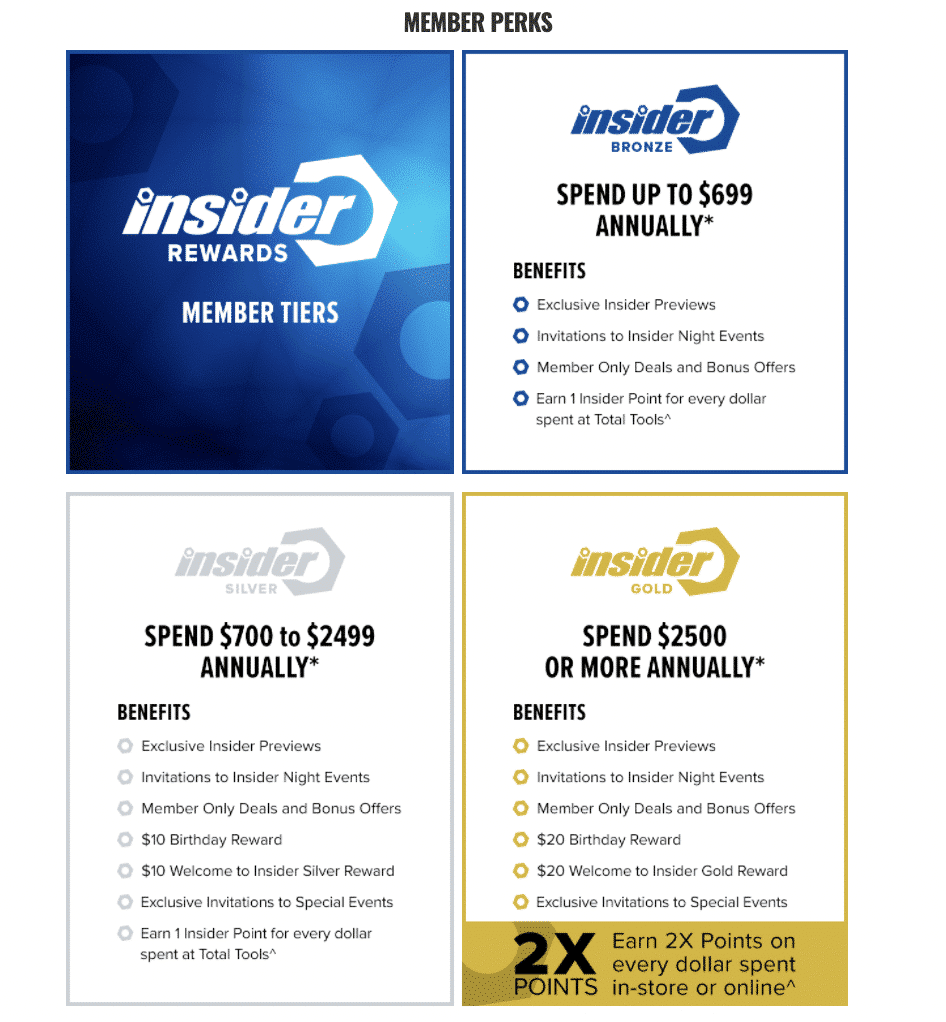
6. Innovasport ⚽
Innovasport ist der führende Sportartikelhändler für Männer und Frauen in Mexiko. Mit dem stufenbasierten Prämienprogramm namens Legends bietet das Unternehmen seinen Kunden Zugang zu Events und anderen besonderen Vorteilen wie Gewinnspielteilnahmen. Dazu werden die Mitglieder in Stufen mit niedrigen, mittleren und hohen Ausgaben eingeteilt.
Die Kunden können ihr Smartphone benutzen, um über einen QR-Code Guthaben für Einkäufe im Geschäft zu erhalten, Prämien einzulösen und Echtzeit-Updates zum Treueprogramm zu bekommen.
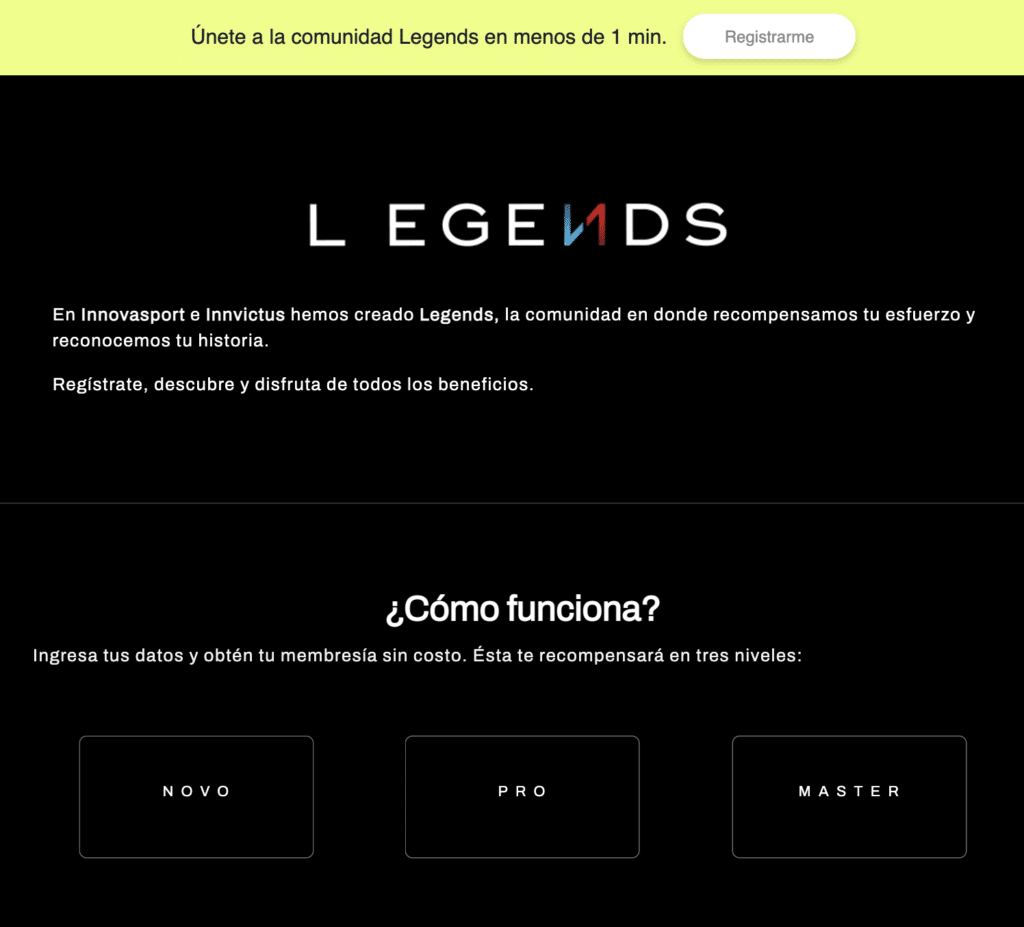
„Vor der Einführung von Legends kommunizierte mein Team Werbeaktionen, indem es Mitteilungen an die gesamte Datenbank schickte. Das war vor ein paar Jahren. Diese Mitteilungen hat das Team also an alle Nutzer geschickt. Damals waren Mikrosegmente noch weitgehend unbekannt. Das Ergebnis war eine Öffnungsrate von, ich weiß nicht, vielleicht 8%. Nachdem wir damit begannen, all diese Mitteilungen mithilfe von Legends gezielt zu versenden, erreichten wir eine Öffnungsrate von 35% oder sogar 40%, was enorm ist. […] Wir haben derzeit etwa 350.000 Mitglieder in unserer Datenbank. Tatsächlich ist es so, dass wir innerhalb von 2 Monaten diese 350.000 Mitgliedern erreicht haben.“
7. Membership Programs 🛒
Ein einfaches Membership-Programm sammelt Kundeninformationen, die Sie dann dazu nutzen können, um das Shopping-Erlebnis der Nutzer mit Ihrer Marke zu personalisieren. Ein solches Programm basiert nicht auf Prämien oder Anreizen.
Entsprechende Programme gibt es häufig bei Finanzdienstleistern, reinen Mitgliederclubs oder großen Einzelhandelsketten wie Costco und Sam’s Club, bei denen die Kunden aus einer Reihe von Mitgliedschaftsstufen wählen können, die alle unterschiedliche Vorteile bieten.
Mitglieder von Premium-Treueprogrammen geben mit 60%iger Wahrscheinlichkeit mehr Geld für Ihre Marke aus. Bei Mitgliedern von kostenlosen Treueprogrammen ist dies nur zu 30% der Fall.
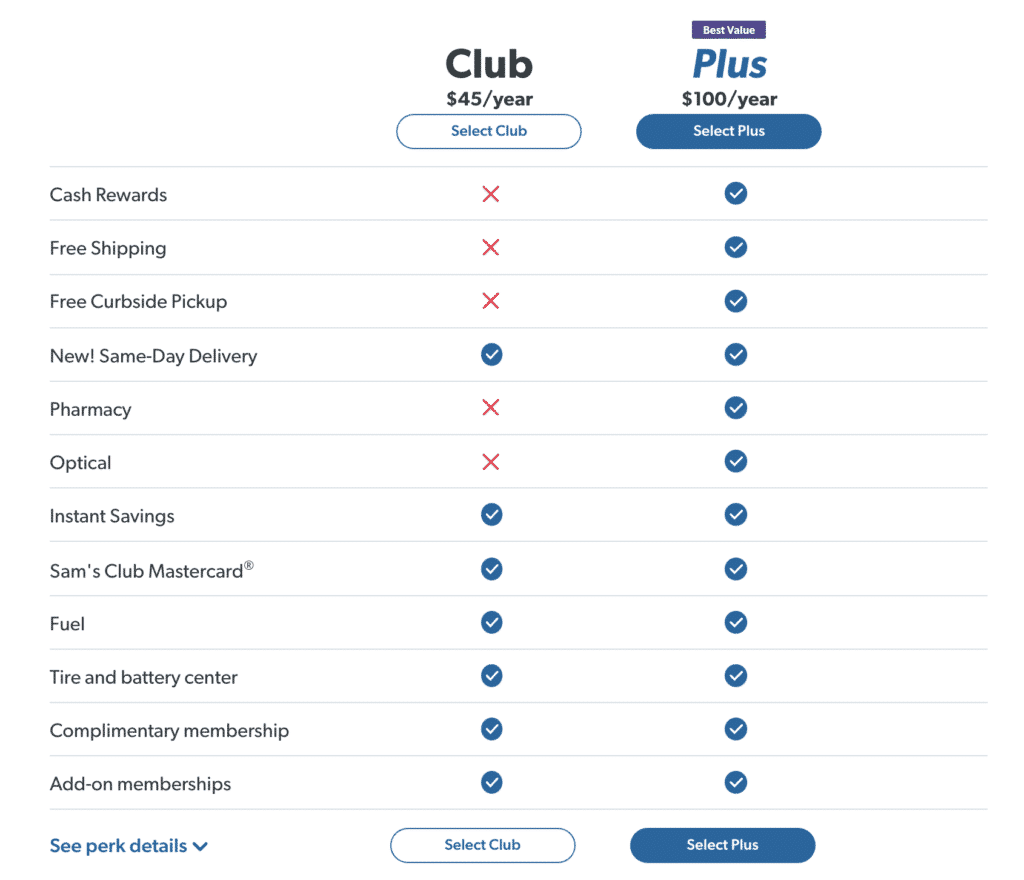
8. Erlebnisprämien 👚
Erlebnisprämien regen Kunden dazu an, in eine höhere Kategorie eingestuft zu werden. Mithilfe von Kundendaten können Sie das jeweils passende Erlebnis für Ihre Kunden zusammenstellen und dessen Wirksamkeit messen.
Ein großartiges Beispiel für solche erlebnisorientierten Prämien ist das Nordy Club-Programm von Nordstrom. Hier wird die Kundengruppe einer bestimmten Stufe mit einem Hausbesuch eines Stylisten belohnt.
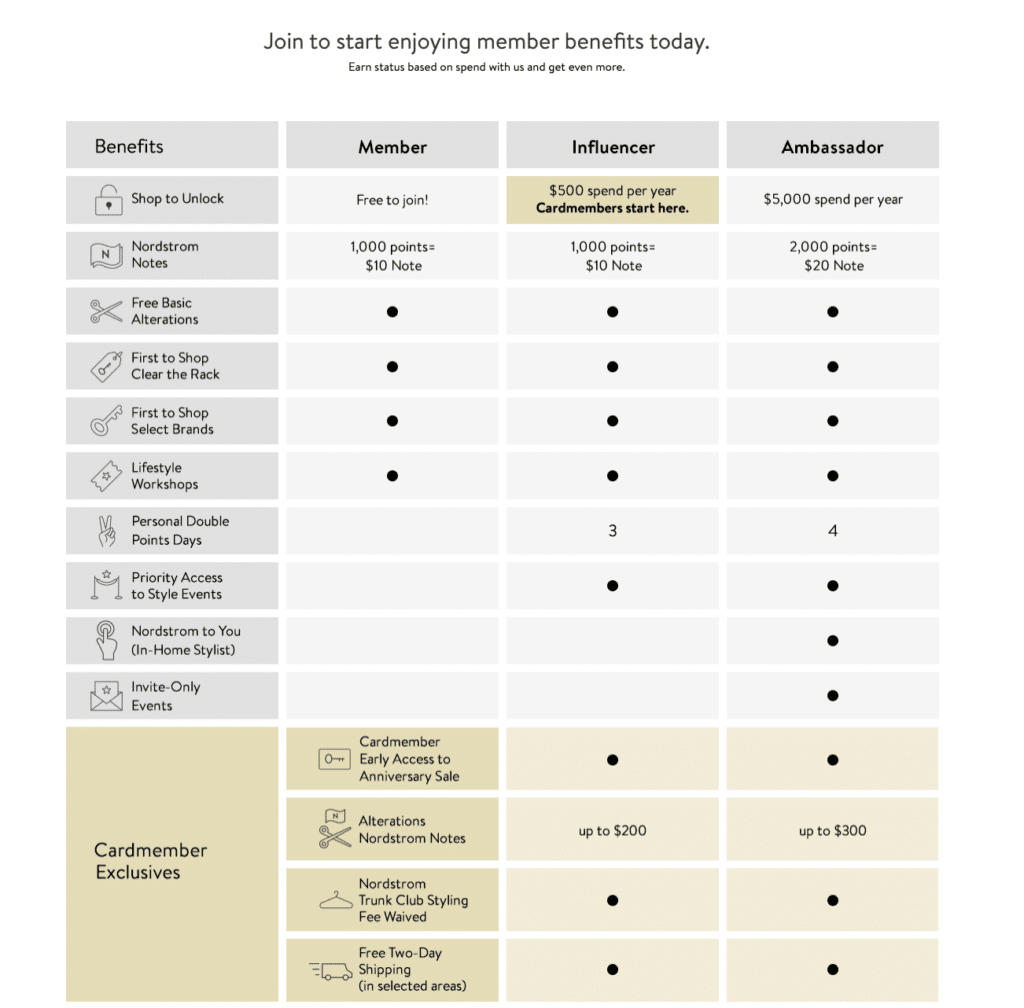
So erstellen Sie wirksame stufenbasierte Treueprogramme
Maßgeschneiderte und zielgerichtete Angebote sind am effektivsten. Sie können Ihre Engagement- und Konversionsraten maximieren, indem Sie das Kundenerlebnis anhand früherer Käufe und anderer Daten anpassen.
Für diese Taktik sollten Sie unbedingt die richtige Technologie einsetzen, z. B. die Emarsys Customer Engagement Plattform. Sie schlüsselt die Kaufhistorie auf und bietet tiefe Einblicke in die Entscheidungsprozesse Ihrer Kunden. Damit ist Ihre Marke der Konkurrenz weit voraus und kann den Kunden ein einzigartiges 1:1-Erlebnis bieten.
Je gezielter und personalisierter Ihre Angebote sind, desto wirksamer werden sie sein. Indem Sie die Kaufhistorie Ihrer Kunden und andere Daten nutzen, um für jeden einzelnen Kunden ein maßgeschneidertes Erlebnis zu schaffen, können Sie das Engagement und die Konversionen maximieren.
Fazit
Treueprogramme gehören zu den besten Möglichkeiten, bestehende Kunden zu lebenslangen Markenbotschaftern zu machen. Der beste Weg, dies zu erreichen, besteht darin, den Kunden das Gefühl zu geben, dass sie jederzeit wertgeschätzt werden und willkommen sind. Deshalb ist es wichtig, dass Sie sehr genau darauf achten, wie sich Ihre Kunden im Zusammenhang mit Ihrem Programm verhalten.
Sie müssen außerdem bereit sein, Ihren Kunden zuzuhören, und sollten entsprechend reagieren, wenn ein Kunde eine Frage oder ein Anliegen zum Loyalty System hat. Sorgen Sie dafür, dass Ihr Programm sichtbar, leicht zugänglich und einfach zu verwenden ist. Achten Sie darauf, dass Ihre Kunden wissen, wie es funktioniert, wann sie Punkte sammeln können und wie die Vorteile angewandt werden.
Das Großartige an stufenbasierten Treueprogrammen ist, dass sie flexibel sind und es Ihnen leicht machen, Ihre treuesten Kunden zu belohnen. So bieten Sie Ihnen eine ansprechende Möglichkeit, im Laufe ihres Kundenlebenszyklus zurückzukommen und erneut bei Ihnen einzukaufen.
Weiterführende Inhalte:




